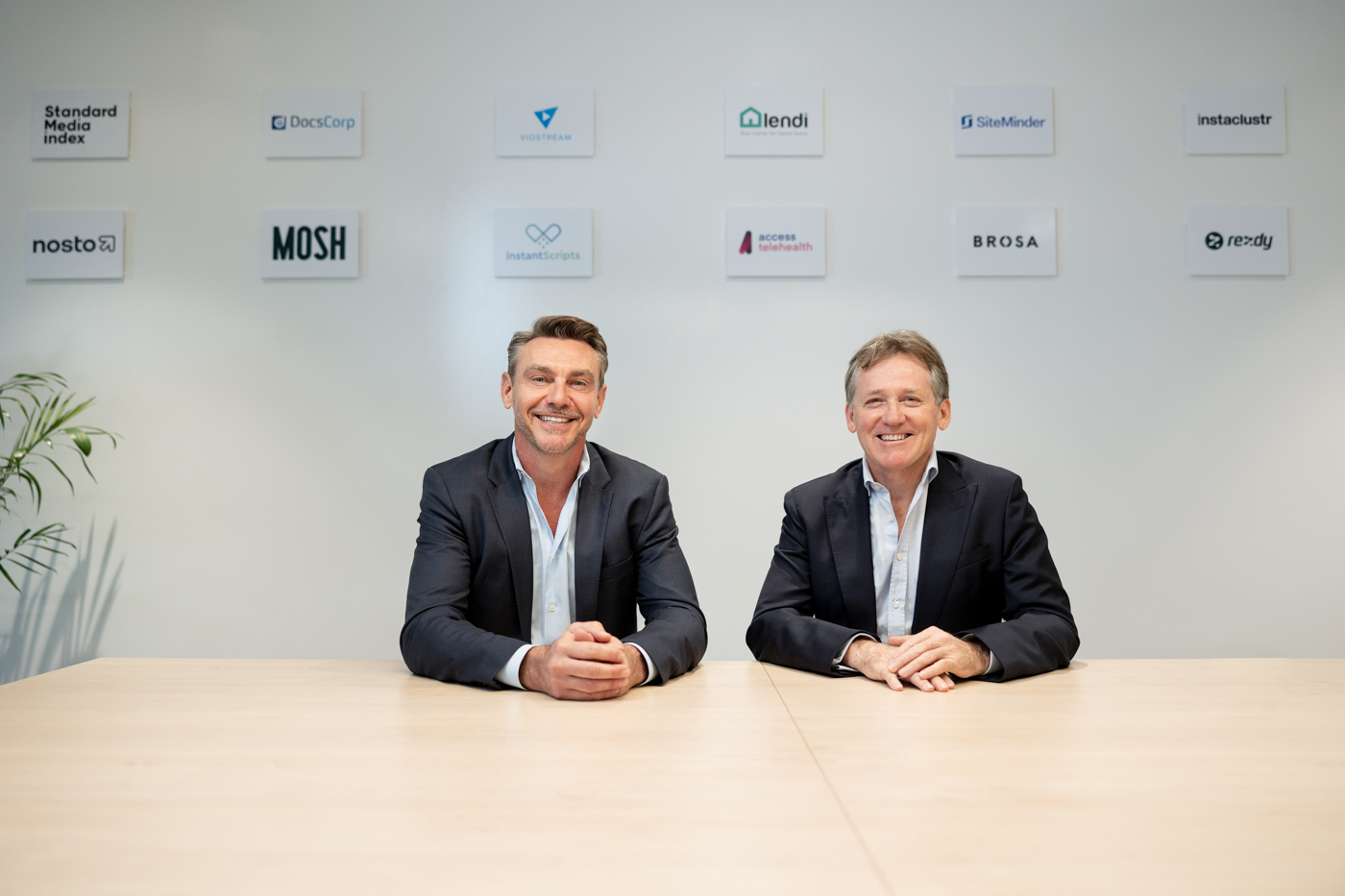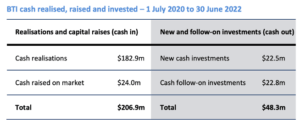
Stockhead: Playing with the Big Kids: Bailador gives retail investors chance to join venture capital scene
A lack of liquidity or sizable wealth have always been a large barrier to entry for retail investors in a venture capital market. But Bailador’s permanent capital model is designed to make it easier.
For retail investors being a part of venture capital, supporting companies in their founding early stages is typically out of reach with high barriers to entry.
Bailador Technology Investments (ASX:BTI) Investment Director Mike Hayes said typically to access venture capital as an asset class an investor must invest in closed end funds.
Hayes said a closed end fund usually has fixed life of ~10 years, high barriers to entry, including usually wholesale clients only and relatively inflexible investment terms, such as a large minimum buy-in amount.
“The funds are typically invested in the first half of the 10-year period and then the investments are sold towards the end of the fund life in order to return cash to limited partners,” he said.
An alternative to closed end funds are permanent capital funds like Bailador that provide investors with access to a fund that doesn’t have a fixed end date as the proceeds from the sale of assets can be recycled back into new investments.
“The major difference between a permanent capital fund and a closed end fund is that permanent capital funds have more flexibility when investing in new companies and selling portfolio companies, because they aren’t bound by artificial constraints related to the timing of the fund’s life,” Hayes said.
Buffett’s Berkshire Hathaway a permanent capital fund
The most famous example of a permanent capital fund is Warren Buffett’s listed investment vehicle Berkshire Hathaway (NYSE:BRK.A,BRK.B), which has a permanent capital base that gives it an almost infinite time horizon on investments.
“Investors in Berkshire Hathaway can get liquidity by buying and selling the stock on market,” Hayes said.
Some high profile closed end venture capital funds are also seeing the benefit of the permanent capital model.
In October 2021, one of Silicon Valley’s top investment firms, Sequoia Capital, announced that they will be migrating to a permanent capital vehicle, to take advantage of some of the benefits that a permanent capital structure brings.
5 Benefits of permanent capital funds
1.Alignment with founders
“Most founders of growth technology companies are doing their life’s work and often they want to continue working on their business for 10+ years,” Hayes said.
“They don’t want to be forced to sell to align with the fund requirements of their investors. Partnering with a permanent capital fund gives founders a greater chance to sell on their terms.”
2.Flexible holding periods and exit timing to optimise returns
Hayes said with time constraints of a closed end fund, a manager may be forced to prematurely sell an investment to satisfy their fund timeline even if they believe there’s more value to be created from that asset, such as selling at the time of IPO, potentially leading to suboptimal returns.
“The exit value achieved on an investment can materially impact returns. If a closed end fund is holding an asset towards the end of the fund life and the market goes into a downturn like we’re in today, then the return on the investment may end up being lower than anticipated,” he said.
“A permanent capital fund isn’t forced to sell at a specific time and as a result they have the ability to hold onto assets through downturns and wait for a better time to sell the asset – improving returns.”
3.Flexibility in allocating capital
Hayes said closed end fund managers may be forced to invest a large amount of capital in a short time regardless of where we are in the market cycle.
“A permanent capital fund can adapt their investing cadence to factor in market conditions and recycle cash from successful exits and invest that cash into new or existing portfolio companies,” he said.
4.Enhanced Liquidity
Unlike the closed end fund cycles where capital is locked up for 7-10 years, permanent capital funds often give the ability to investors to redeem along the way to better align with their time horizons.
5.More diverse and flexible investment return profile
He said investment in permanent capital funds may provide investors access to a more diverse and flexible return profile.
“Investors get access to capital gains as the portfolio valuation grows as well as the ability to get paid dividends along the way,” Hayes said.
Access to venture capital scene
BTI listed on the ASX in 2014 to give a variety of investors access to the venture capital asset class.
Hayes said being a permanent capital fund provides several benefits to BTI, its portfolio companies and its investors, and that BTI can support its portfolio founders over a long time horizon. A good example of that is through its investment in SiteMinder (ASX:SDR).
“Bailador originally invested in SiteMinder in 2012 and we continue to hold a meaningful stake in the listed entity following their IPO in 2021,” he said.
“Another example is Straker Translations (ASX:STG) where we originally invested in 2015, we held our investment at IPO and continued to support the business by investing post-IPO.”
Hayes said that as a listed fund, BTI investors can buy and sell shares on market to align with their investment time horizons and liquidity needs.
“Bailador recently announced a dividend policy that enables shareholders to generate investment returns from both capital growth and income,” he said.
Furthermore, having permanent capital gives BTI a greater ability to manage market cycles.
“Most people know that the best way to generate good returns is to buy low and sell high, but this is very difficult to do in practice for several reasons, but particularly if you’re forced to buy and sell for reasons related to artificial fund close dates rather than investing fundamentals,” Hayes said.
“We have achieved great results over the past couple of years as we were able to exit some of our portfolio companies for strong valuations near the top of the market in 2021-2022.
We felt that tech company valuations were relatively expensive over the last couple of years and as a result we focused more on realising existing investments, and while we did make new investments, we were more conservative in our approach to deploying capital.”

Cash for new investments
Hayes said another benefit is that rather than having to return cash proceeds to limited partners, BTI has the ability to recycle those proceeds into new investments.
“Money made through selling at the top of the market we can put into new investments at a time where the market has cooled and valuations and entry prices are more attractive which should set us up to generate good risk-adjusted returns moving forward,” he said.
Hayes said BTI is giving retail investors exposure to the venture capital space normally reserved for institutional funds or high net worth individuals.
“Most VC funds are only accessible to large institutions and high net worth individuals, but as a publicly listed fund, BTI allows retail investors to get access to high growth start-ups and invest alongside larger institutional funds with only small amounts of capital,” he said.
